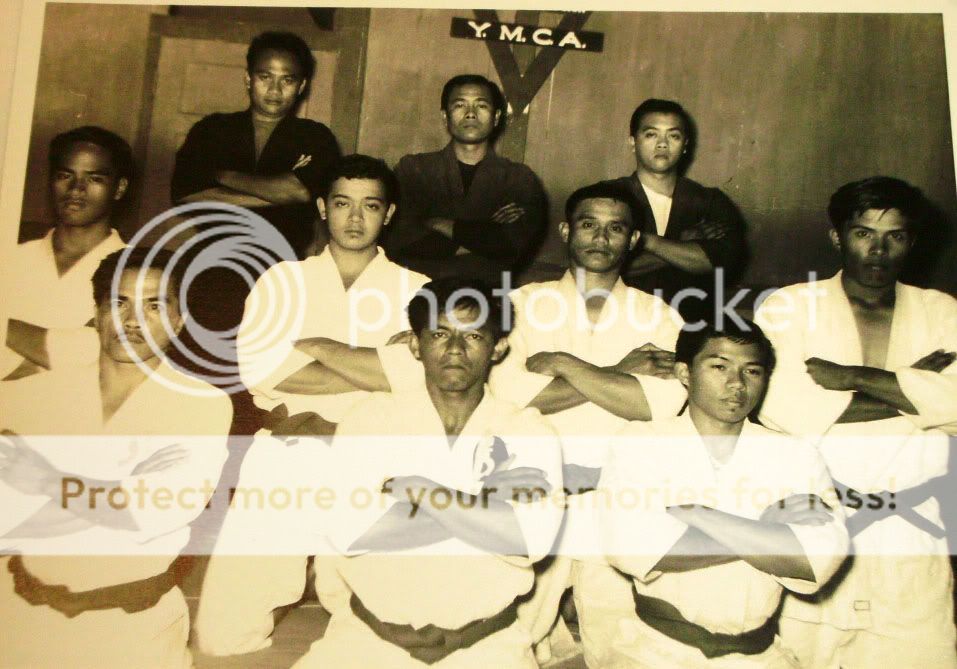OK I see where this is going. We've covered this before on another forum, and you choose to not accept anything other then your own uninformed point of view. Got it. But answering the questions has noting to do with my personal powers of observation. And I am not "perpetuating a story," I'm recounting what I know from being there. For you it is a story, for me it is a memory.
Once again you choose to "not buy" what you don't want to hear, and talk about "your (unnamed) sources, and extrapolate to the silliest extremes when you have no first hand knowledge. You simply choose to not understand because you don't want to. Fine. Last time. As I explained previously when this issue came up, the commercial system meant lots of schools and lots of students of all ages. During that period long hair and big afros were the norm, but short hair didn't always mean a male, and long hair didn't always mean a female. Wearing a unisex uniform made it difficult to tell the differences in sex between some students, especially if you did not know them personally. Younger students have not developed certain gender traits, and some older students don't necessarily display them as well. Then looking across the room and seeing someone from the rear might not reveal their gender until they turned around so you could see, or not see the accessories, and even then there was no guarantee.
When instructors and students would go from school to school, or travel, it was felt the belt knot was a simple way to make a gender distinction. And for the record, yes I have gone to a school where I did not know the students, and did not immediately know the gender of an individual in the room. It happened with Mr. Parker and others as well. In these settings where making training assignments and pairings with physical contact and touching, in a commercial environment is common, it is important to know gender, and it still happens today. In my own school I know 100%, because I personally know the students and their rank so it makes it a "tradition." But outside of my own students, it becomes pragmatically important as a senior instructor to be able to spot the differences immediately. I guess you're just better than the rest of us if you can always "just tell."
The tradition is correct but gender was not a part of it.
There you go reading the minds of people that made decisions long before you were around, and making bets on their intentions. You are entitled to speculate all you want, but I'll stick with my PERSONAL conversations with the man in 1963 and beyond, and take him and others who participated at their first-person word seeing how Mr. Parker (or Tom Kelly), had no reason to lie to me. If you had just called me a liar in the beginning, we probably could have avoided this exchange - again. But I understand it is difficult to do that when you don't have any first hand knowledge, nor can produce anyone else who does. I get it. You have unsupported positions and choose to argue for your own personal reasons. I'm surprised you didn't work Mitose into the discussion. That would fit perfectly because you didn't know him either. Done.

